Lune-versatile

More Posts from Lune-versatile and Others
The “What-If” Writing Method
Sometimes when I’m writing, brain just....stops. No more ideas. No more words. Nothing. Sometimes, the solution to this problem is to simply take a break from writing and let your brain relax. Other times, though, you really are just at a block for ideas. This happened to me significantly more often than I would like, but thankfully, I’ve developed a solution that works well for me, and it’s uncreativly titled the “what-if” method.
Get a piece of paper and pen. Or a Google doc, or whatever works best for you.
Start brainstorming questions about your story, or possible “what-if” scenarios. (Ex: What if my character got framed for a crime they didn’t commit?)
Write down every single idea that comes to your head. Even if it doesn’t really work for your story. Even ones that deviate from your existing plot. Even the stupid ones. Especially the stupidest ones.
Cross out the ideas you don’t like, circle the ones that you do like.
Start coming up with answers for the questions you circled, or expand in the by coming up with more questions. (Ex: They would have to prove they didn’t commit the crime to regain their freedom. How do they prove it?)
Repeat until you have a full idea that you can work on/write with.
That’s it. That’s the whole strategy. I’ve used this a million times, and it’s gotten me out of a million cases of writers block, so hopefully it can work well for you too! Happy writing!
some writing advice nobody asked for
- figure out why you write. is it a hobby? is it something you want to become your career? do you have intentions of going to print? then you'll have a better idea of what advice you need.
- experiment with scheduling versus writing whenever you fancy it. i'm reading on writing by stephen king right now for uni and he says that he sets himself a goal of writing 2,000 words a day. he gives a lot of good advice about writing but i won't put it all here because then it won't be my writing advice lol, but one thing he says is to get into a room with a closed door and no distractions (unplug the tv, turn off your phone/wifi etc), sit down, and do not leave that room until you have your 2,000 words. i did this in the final week of writing my novel and it worked wonders, even though i'm not usually the kind of person to start a writing session with a wc goal in mind!
- don't show people the first draft. this exists solely for you. show them the second, or maybe the third. the first draft's job is just to exist, not to be by any means brilliant. don't introduce unnecessary pressure or doubt by showing people the rough work (unless obviously this is your agent/editor because it's kind of what your job together is)
- try not to get too bogged down by the driving plot or clear arcs/ideas at first. people will tell you different things, so really it's about figuring out what works with your personal writing style, but in my experience i start with a vague idea or atmosphere, maybe a character or two. when i start with a central plot point (i.e. "i want this group of students to end up involved in a murder"), even if i do stick to that, the plot will grow and expand itself as you write. what began as the big, main, central part, becomes just one little part of a huge, rich plot. it's true when people say that books like to write themselves - your final draft will most likely look absolutely nothing like your original plan or even your whole first draft, and that's what i absolutely love about the craft.
- and finally, listen to more radiohead. alternately put "something in the way" by nirvana on loop. just trust me.
An aye-write guide to Showing vs. Telling
I’ll bet that if you’ve ever taken an English class or a creative writing class, you’ll have come across the phrase “Show, don’t tell.” It’s pretty much a creative writing staple! Anton Chekov once said “ Don’t tell me the moon is shining. Show me the glint of light on broken glass.” In other words, showing should help you to create mental pictures in a reader’s head.
Showing helps readers bond with the characters, helps them experience the emotions and action more vividly, and helps immerse them in the world you have created. So “show, not tell” is definitely not bad advice - in certain circumstances. But it has its place. More on that later.
So How do I Show?
Dialogue
Thoughts/Feelings
Actions
Visual Details
So instead, of telling me “He was angry”, show me how his face face flushes red, how his throat tightens, how he slams his fist, how he raises his voice, how his jaw clenches, how he feels hot and prickly, how his breathing gets rapid, how his thoughts turn to static, etc.
Instead of telling me “The cafeteria was in chaos”, you could show me someone covered in food and slowly turning crimson, children rampaging under the feet of helpless adults, frenzied shouting, etc.
Handy Hint! Try to avoid phrases like “I heard”, “I felt”, “I smelled”, etc. These are still “telling words” (also known as filters) and may weaken your prose, as your readers could be taken out of the experience and you may lose their attention.
Is Showing Always The Right Thing to Do?
No! Absolutely not! Showing is not always right and telling is not always wrong! It’s important to develop the skill and instinct to know when to use showing and when to use telling, as both can be appropriate in certain occasions.
So, “Show, don’t tell” becomes “Show versus tell”.
What is Showing and Telling?
Showing is “The grass caressed his feet and a smile softened his eyes. A hot puff of air brushed past his wrinkled cheek as the sky paled yellow, then crimson, and within a breath, electric indigo”
Telling is “The old man stood in the grass and relaxed as the sun went down.”
Both of these excerpts are perfectly acceptable to use in your writing! But both do different things, although their meanings are pretty much the same. The first example is immersive, sweeping, visual, engaging. The second example is much more pared back and functional. But both have their places in prose!
Telling is functional. Think about when you tell people things. You tell your children dinner is ready. The news reporter tells you there’s a drop in crime rates. Your best friend tells you she’ll be late because her car broke down on the way to yours. These are brief and mundane moments in everyday life.
So, do these deserve multiple paragraphs with sensory detail and action/feeling/thought for every little thing? Do you need to spend an entire paragraph agonising over a minor detail when there’s a sword dangling (physically or metaphorically) over your MC’s head? No. And I’ll explain why.
When To Use Telling
As before, telling is functional. It’s brief. It’s efficient. It gives a gist of a situation without getting bogged down in detail.
Showing is slow, rich, expansive, and most certainly not efficient!
Here’s an example of some telling:
“Years passed, and I thought of Emily less and less. I confined her to some dark dusty corner of my brain. I had to elbow my memories of her to the side. I was too busy with other things. Finishing school, then university a year later. Life was full and enjoyable. But then, one dark cold September night…”
You can’t show this example, unless you wanted to waste page after page of your MC waking up, going through everyday life, to get to the point your actual story started. If you do that, you will likely kill off any interest a reader would have in your novel and likely, your book itself.
Summing Up
Showing:
Should be used for anything dramatic
Uses thoughts, feelings, dialogue, action, and visual detail
Will likely be used more than telling
Telling:
Can be used for
Delivering factual information
Glossing over unnecessary details
Connecting scenes
Showing the passage of time
Adding backstory (not all at once!)

A Complete Beginner’s Guide to Moodboards
Please note that this is a guide for complete beginners who have no idea how to get started on making moodboards. Only the very basics will be covered here.
Have you ever wanted to make a moodboard but didn’t know where to start? You have ideas but you have never edited a picture before? Can’t afford photoshop and don’t know how to use it? Look here, this guide is for you!
This guide includes: Free photoshop alternatives, where to find images, and basic tips and tricks to make your moodboard. Click the Read More below :)
Afficher davantage
please please please please reblog if you’re a writer and have at some point felt like your writing is getting worse. I need to know if I’m the only one who’s struggling with these thoughts









Shokugeki no Sanji Chapter 2
you don’t need to write to be successful, and you don’t need to write for other people. it’s ok to write because you think it’s fun, and to keep your writing to yourself. you don’t need to be good at it, or learn every single rule there is. if it makes you happy, then what’s enough.
Heres a google drive folder filled with art book pdfs, if anyone has some others that you'd like me to add to it thats missing, please let me know and send me the link



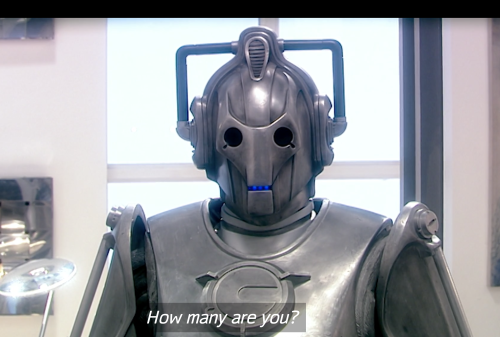

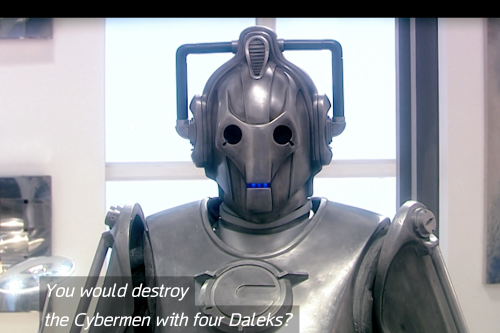
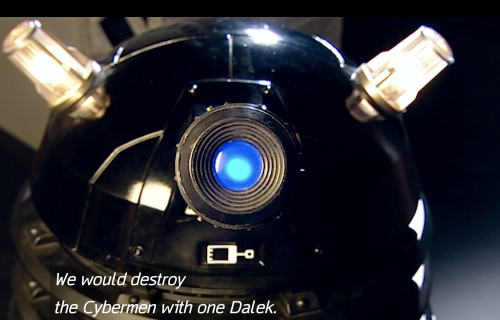
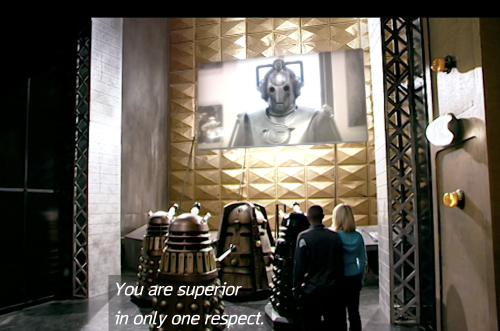

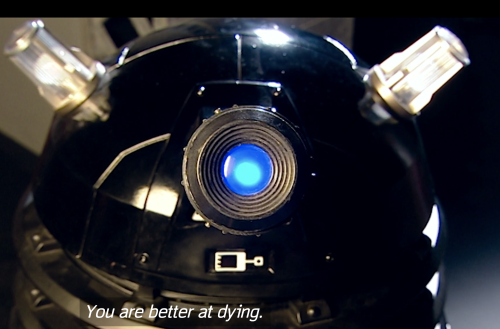
possibly one of the most hilarious exchanges on doctor who
-
 n0tice liked this · 4 months ago
n0tice liked this · 4 months ago -
 playgroundgf liked this · 5 months ago
playgroundgf liked this · 5 months ago -
 divergentorange liked this · 5 months ago
divergentorange liked this · 5 months ago -
 dandi915 liked this · 6 months ago
dandi915 liked this · 6 months ago -
 knightpetrichor liked this · 6 months ago
knightpetrichor liked this · 6 months ago -
 twoarchersonecity liked this · 6 months ago
twoarchersonecity liked this · 6 months ago -
 hdcat liked this · 6 months ago
hdcat liked this · 6 months ago -
 starrynightarchive reblogged this · 6 months ago
starrynightarchive reblogged this · 6 months ago -
 starrynightarchive liked this · 6 months ago
starrynightarchive liked this · 6 months ago -
 foilebleidd-blog liked this · 6 months ago
foilebleidd-blog liked this · 6 months ago -
 flanasmythes reblogged this · 6 months ago
flanasmythes reblogged this · 6 months ago -
 softzosan reblogged this · 6 months ago
softzosan reblogged this · 6 months ago -
 shypsheesh liked this · 6 months ago
shypsheesh liked this · 6 months ago -
 spookythighs liked this · 6 months ago
spookythighs liked this · 6 months ago -
 19eyebrows reblogged this · 6 months ago
19eyebrows reblogged this · 6 months ago -
 ikgham02 liked this · 7 months ago
ikgham02 liked this · 7 months ago -
 aquaflora17 reblogged this · 9 months ago
aquaflora17 reblogged this · 9 months ago -
 earl-grey-skies liked this · 9 months ago
earl-grey-skies liked this · 9 months ago -
 cloverpaintt liked this · 9 months ago
cloverpaintt liked this · 9 months ago -
 amethystblooddragon liked this · 10 months ago
amethystblooddragon liked this · 10 months ago -
 jake-is-screaming-in-tune reblogged this · 11 months ago
jake-is-screaming-in-tune reblogged this · 11 months ago -
 asasbarbieworld liked this · 11 months ago
asasbarbieworld liked this · 11 months ago -
 zirconphyr liked this · 11 months ago
zirconphyr liked this · 11 months ago -
 centuries-salute liked this · 11 months ago
centuries-salute liked this · 11 months ago -
 seanoridraws liked this · 1 year ago
seanoridraws liked this · 1 year ago -
 kakashispp reblogged this · 1 year ago
kakashispp reblogged this · 1 year ago -
 kakashispp liked this · 1 year ago
kakashispp liked this · 1 year ago -
 10amdaylight liked this · 1 year ago
10amdaylight liked this · 1 year ago -
 hxxxxxxxxxxxh liked this · 1 year ago
hxxxxxxxxxxxh liked this · 1 year ago -
 the-shoebox reblogged this · 1 year ago
the-shoebox reblogged this · 1 year ago -
 myscprin liked this · 1 year ago
myscprin liked this · 1 year ago -
 fiifuchs reblogged this · 1 year ago
fiifuchs reblogged this · 1 year ago -
 missgamma liked this · 1 year ago
missgamma liked this · 1 year ago -
 ragebecameher liked this · 1 year ago
ragebecameher liked this · 1 year ago -
 speedytreebailiffempath liked this · 1 year ago
speedytreebailiffempath liked this · 1 year ago -
 kayfabeoutcold liked this · 1 year ago
kayfabeoutcold liked this · 1 year ago -
 silverstrying reblogged this · 1 year ago
silverstrying reblogged this · 1 year ago -
 blankerthought reblogged this · 1 year ago
blankerthought reblogged this · 1 year ago -
 blankerthought liked this · 1 year ago
blankerthought liked this · 1 year ago -
 somanywips reblogged this · 1 year ago
somanywips reblogged this · 1 year ago -
 somanywips reblogged this · 1 year ago
somanywips reblogged this · 1 year ago -
 somanywips liked this · 1 year ago
somanywips liked this · 1 year ago -
 themonsterinyourcloset liked this · 1 year ago
themonsterinyourcloset liked this · 1 year ago -
 shipperandfansstuff reblogged this · 1 year ago
shipperandfansstuff reblogged this · 1 year ago -
 fiercesparrow liked this · 1 year ago
fiercesparrow liked this · 1 year ago -
 ducks1012 liked this · 1 year ago
ducks1012 liked this · 1 year ago -
 rearawrrr liked this · 1 year ago
rearawrrr liked this · 1 year ago -
 calcyx liked this · 1 year ago
calcyx liked this · 1 year ago -
 jellicle-ball liked this · 1 year ago
jellicle-ball liked this · 1 year ago
